How Can We Help?
From an entire interior home renovation, to a new kitchen, we take care of everything. Call us today on 1300 450 320 or leave your details below to book your custom design consultation.
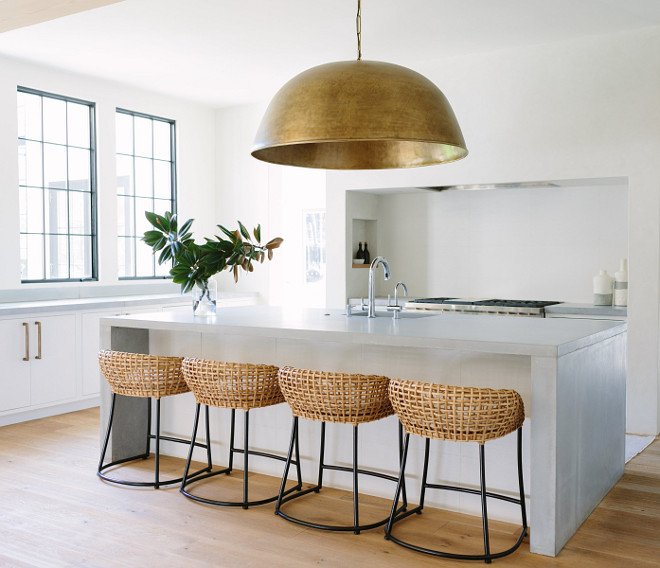
Sustainability has taken a greater priority in home renovation within recent years. We all are aware that reusing plastic bags, installing solar panels, or even cycling to work contributes to reducing our carbon footprint. However, what is it that we can do to save more energy when renovating our homes?
By taking a more eco-conscious approach to renovating your home you’ll be certain to improve your quality of life as well as protect the environment. Through even the smallest changes, we can create a cleaner environment, boosting health, creating more durable homes, and reducing costs of energy and water usage.
Whether it be a kitchen renovation, bathroom renovation or custom joinery project, being aware how our renovation choices can impact the environment in which we live is relevant.
In this month’s B&C Journal we explore eco-friendly kitchen renovation options. Opting ‘green’ can have positive money saving benefits, and we hope this article provides greater awareness of options and alternatives available to you. Enjoy!
Robert Fonti, Director Balnei & Colina
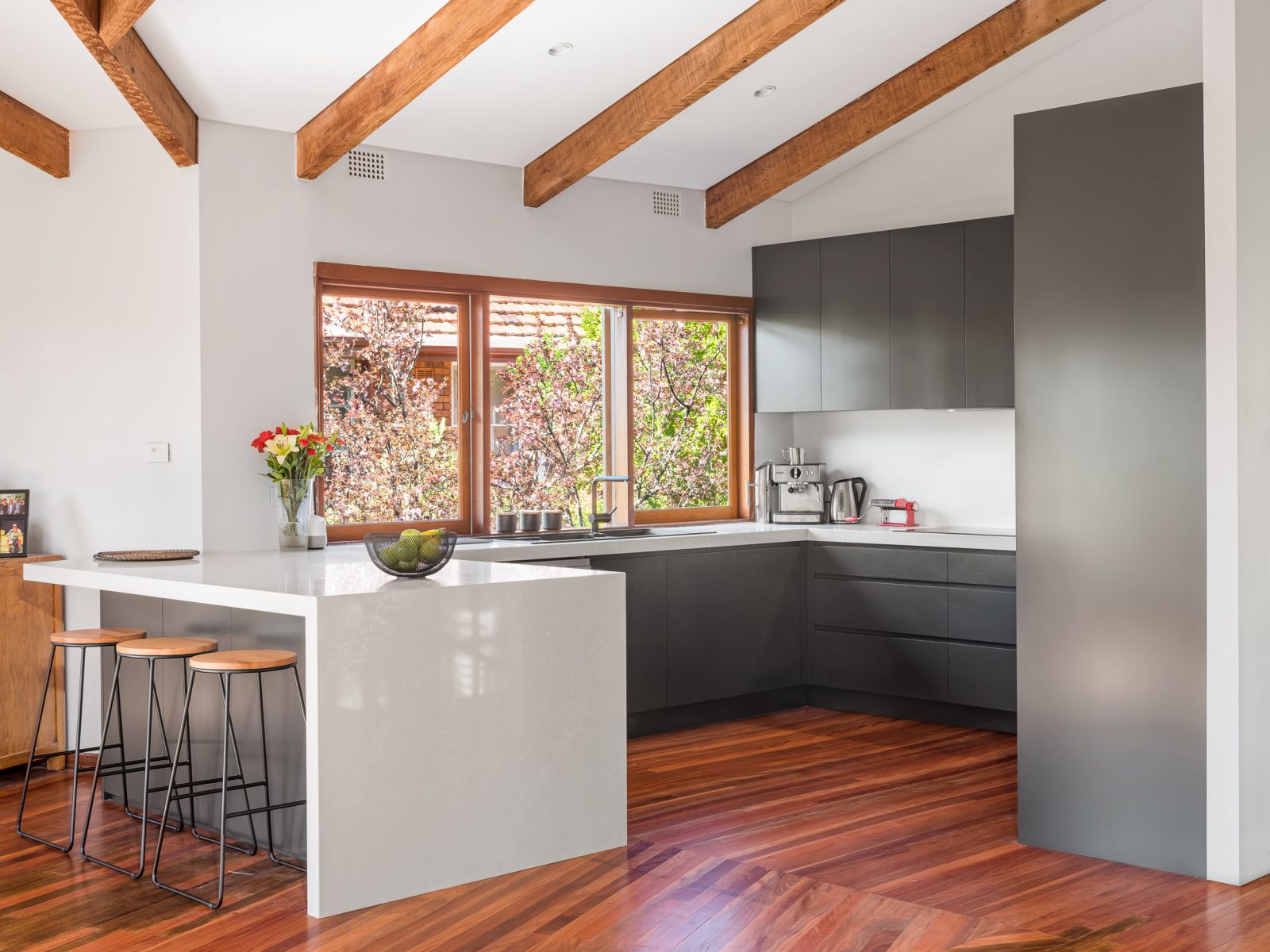 Balnei & Colina Kitchen Renovation Sydney
Balnei & Colina Kitchen Renovation Sydney
The eco-friendly kitchen begins with eating green, but it doesn’t end there. Energy-efficient food preparation and cleaning habits, using equipment made from sustainable materials, and avoiding toxic chemicals can promote a truly healthily kitchen. Fortunately, making the right choice for your well being is also good for the pocket and the planet.
Kitchen areas can drain a considerable amount of energy. Using sustainably produced or recycled materials, low impact manufacturing techniques, and energy-efficient appliances are some of the different ways in which you can create an eco-friendly kitchen.
The Balnei & Colina renovation team are a leading company in the kitchen renovation sector with a focus on providing environmentally-friendly options to our clients. When it comes to creating a sustainable kitchen design, here are four innovative ideas to consider.
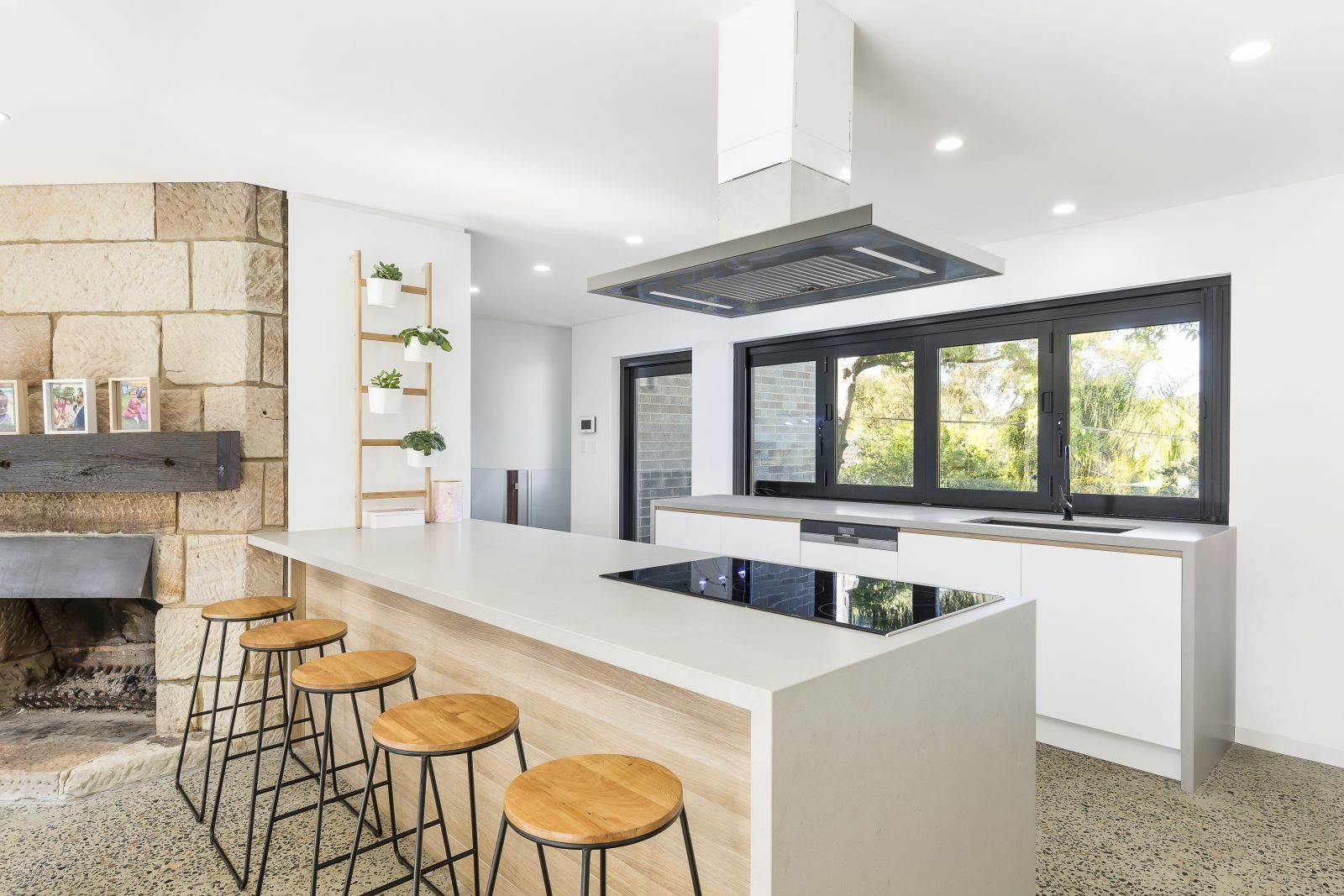 Kitchen renovation project by Balnei & Colina renovations
Kitchen renovation project by Balnei & Colina renovations
The materials and products used to construct countertops, custom cabinets and other surfaces contribute to the eco-credentials of your kitchen space. Today, there are a large number of eco-friendly options such as MDF (medium density fiberboard) as well as MFC (melamine faced chipboard) that can include chipboard waste or recycled timber. These materials form the basis of each Balnei & Colina manufactured kitchen product.
Eco-board is another excellent choice for custom joinery as agricultural by-products, including straw, is used to create it. While the upfront cost of this material is higher than standard timber-based products, it is an environment-friendly choice if you are looking to create a sustainable kitchen design.
Did you know? 70 percent: The amount of household and yard waste that can be composted rather than thrown in the trash.
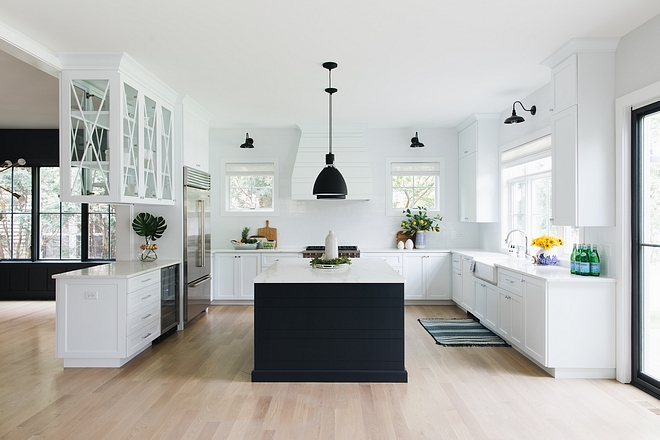
Image credit: MHouse Developement
When it comes to eco-flooring, engineered boards made from ethically sourced wood, or even bamboo flooring, are some of the most popular materials on the market today.
Resin is another eco-friendly wall and floor covering that is significantly undervalued. It is made from various natural biopolymers and can mimic the appearance of polished concrete without the requirement of large quantities of chemicals and water in its production. There are also companies that manufacture porcelain tiles with recycled content.
For sustainable wall and poly-cabinetry coverings, opt for low-VOC, water-based paints. The team at Balnei & Colina home renovations only use low-VOC water based paints as part of their manufacturing process.
Another eco-friendly wall or floor option is cork which can be installed in appropriate areas of your kitchen renovation (please consult with a kitchen renovation specialist prior).
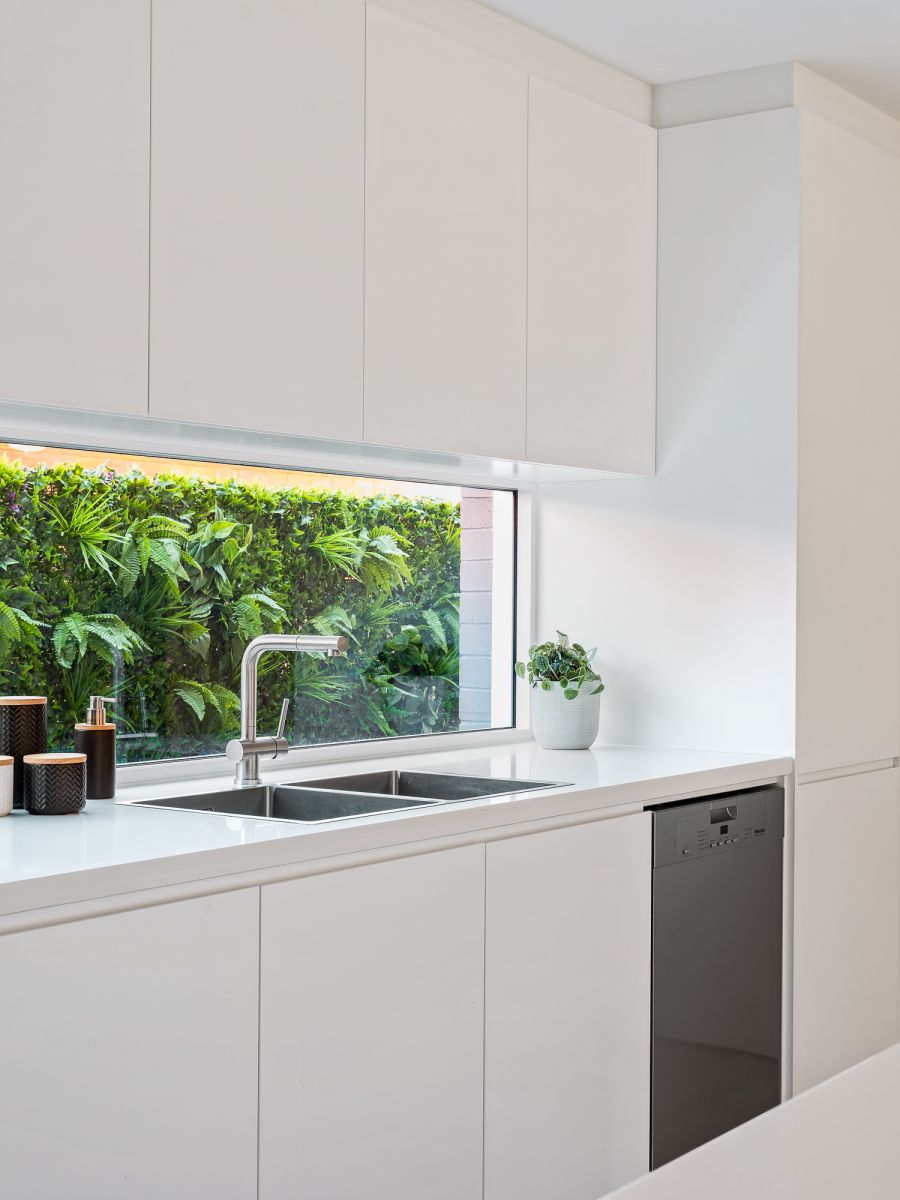 Kitchen Renovation by Balnei & Colina
Kitchen Renovation by Balnei & Colina
Today, there are a significant number of plumbing fixtures that can improve the water efficiency, and energy efficiency of your home. Consider installing multifunctional taps, as these cut energy and water usage. Installing aerators that help boost the flow of water, and an instant hot water system that only heats the water you require.
Eco-Tip: Consider installing thermostats on your hot water system as this can help control energy usage.
.jpg)
Image credit: Smeg Australia
Advances in technology have helped bring to market a multitude of appliances that have greater energy efficiency. Energy efficient cooking is a must for the eco-friendly. Preheating is becoming a thing of the past with induction cooktops available and ovens that now come to temperature, rapidly reducing energy consumption.
Eco-tip: When cooking on the stove, using a properly sized pot for each of the stove burners makes a difference. On an electric stove for example using a 6-inch pot on an 8-inch burner wasted more than 40% of the burner’s heat.
If you are purchasing new appliances as part of your Sydney kitchen renovation project, make sure that you check energy efficiency ratings. The higher the ratings, the better the energy efficiency of these appliances.
Ratings are available for all your kitchen appliances including stoves, fridges, freezers and dishwashers. Choose a study model that is built to last. An efficient dishwasher for example, can in fact use substantially less water than washing dishes by hand in the sink. The team at Balnei & Colina home renovations find this government website helpful in helping determine what appliances are going save the most energy, and be more cost effective in the long term - http://www.energyrating.gov.au/consumers.
Did you know? A typical household fridge costs about $122 per year to run
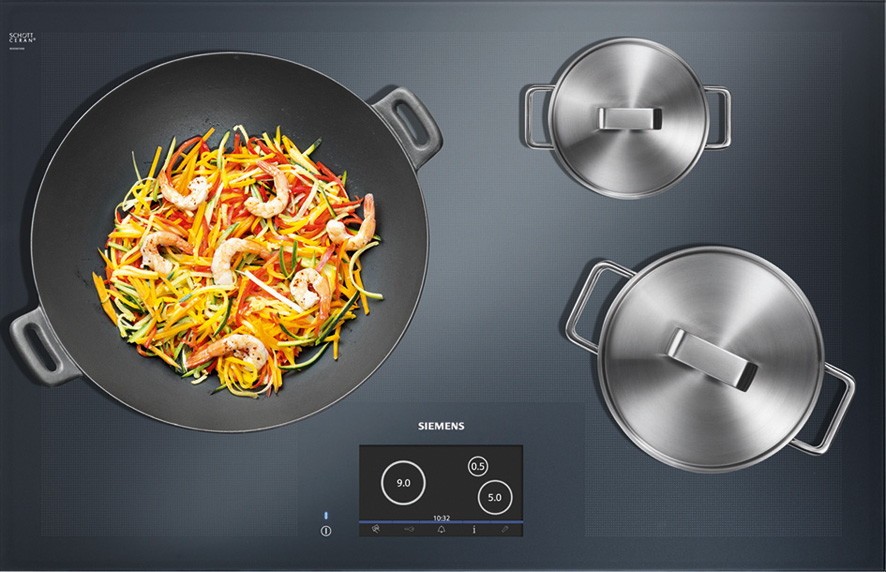 Image credit: Siemens Energy Saving - Freestyle Cooktop
Image credit: Siemens Energy Saving - Freestyle Cooktop
Natural gas is a fossil fuel, but most of the electricity comes from coal-burning. Many cooks prefer gas because it's easier to maintain temperature control and gas also offers instant heat.
The most efficient electrical stoves available today, are those that use induction elements, which transfer electromagnetic energy directly to the pan, leaving the cook-top itself relatively cool and using less than half the energy of standard coil elements.
The same goes for units with ceramic-glass surfaces, which use halogen elements as the heat source, making them the next best choice from an efficiency standpoint. These deliver heat instantly and respond quickly to changes in temperature settings. An added bonus is that both induction cooktops and ceramic glass surfaces are easy to clean and maintain. Electric stoves are also a healthier alternative to gas stoves, that can add between 25 and 39 percent more NO2 and CO to the air in your home.
The stove you ultimately choose will probably depend on cost as well as your lifestyle, so the greenest choice you can make is really to pick the option that you'll be able to live with for the longer term.
Eco-Tip: Replace out your existing standard light bulbs with energy efficient LED bulbs. These emit a cool light, last for up to 50,000 hours, do not contain harmful elements like mercury and lead, and are recyclable.
Image credit: Maree Homer Photography
1. Check that the temperature of your fridge and freezer is not set too cold. Fridges should be between 3 ̊C and 5 ̊C and freezers between –15 ̊C and –18 ̊C.
2. Keep the fridge door closed. Less opening means less cold air will escape which saves energy.
3. Check your fridge seals with a piece of paper. If the paper fits, time to re-seal.
4. Simmer with pot lids on and reduce energy use by up to 70%.
5. Use a microwave where possible. This will use around 80% less energy than your stove.
Still unsure how to create a more sustainable kitchen renovation? Leave it to the experts at Balnei & Colina home renovations.
For more information, feel free to contact a Balnei & Colina kitchen renovation expert on 1300 450 320. You can also send us your Sydney kitchen renovation project details via this Contact Us form.
To stay up to date with the latest kitchen design trends connect with us via Facebook and Instagram or signup to our newsletter.
In the average Australian home, energy is used for:
HEATING & COOLING = 40%
WATER HEATING = 21%
APPLIANCES AND EQUIPMENT INCLUDING REFRIGERATION & COOKING = 33%
LIGHTING = 6%
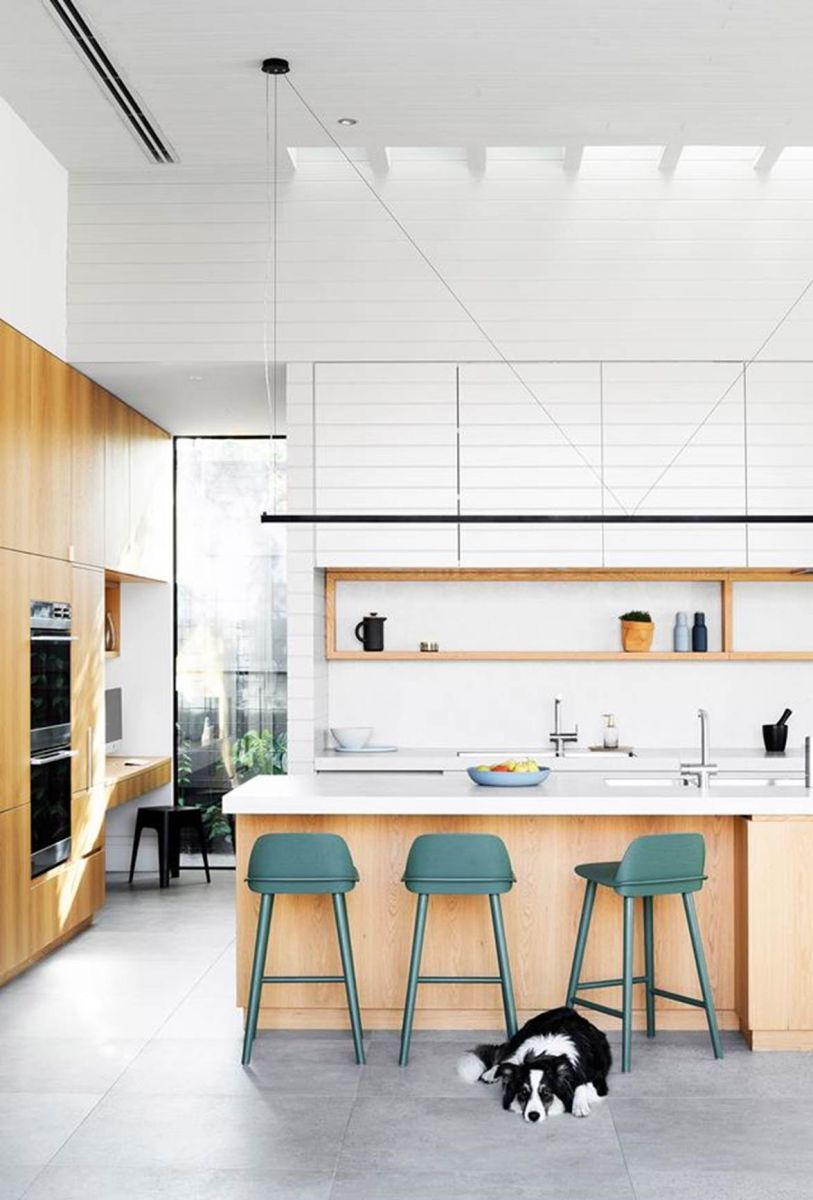
Image credit: Maree Homer Photography
From an entire interior home renovation, to a new kitchen, we take care of everything. Call us today on 1300 450 320 or leave your details below to book your custom design consultation.